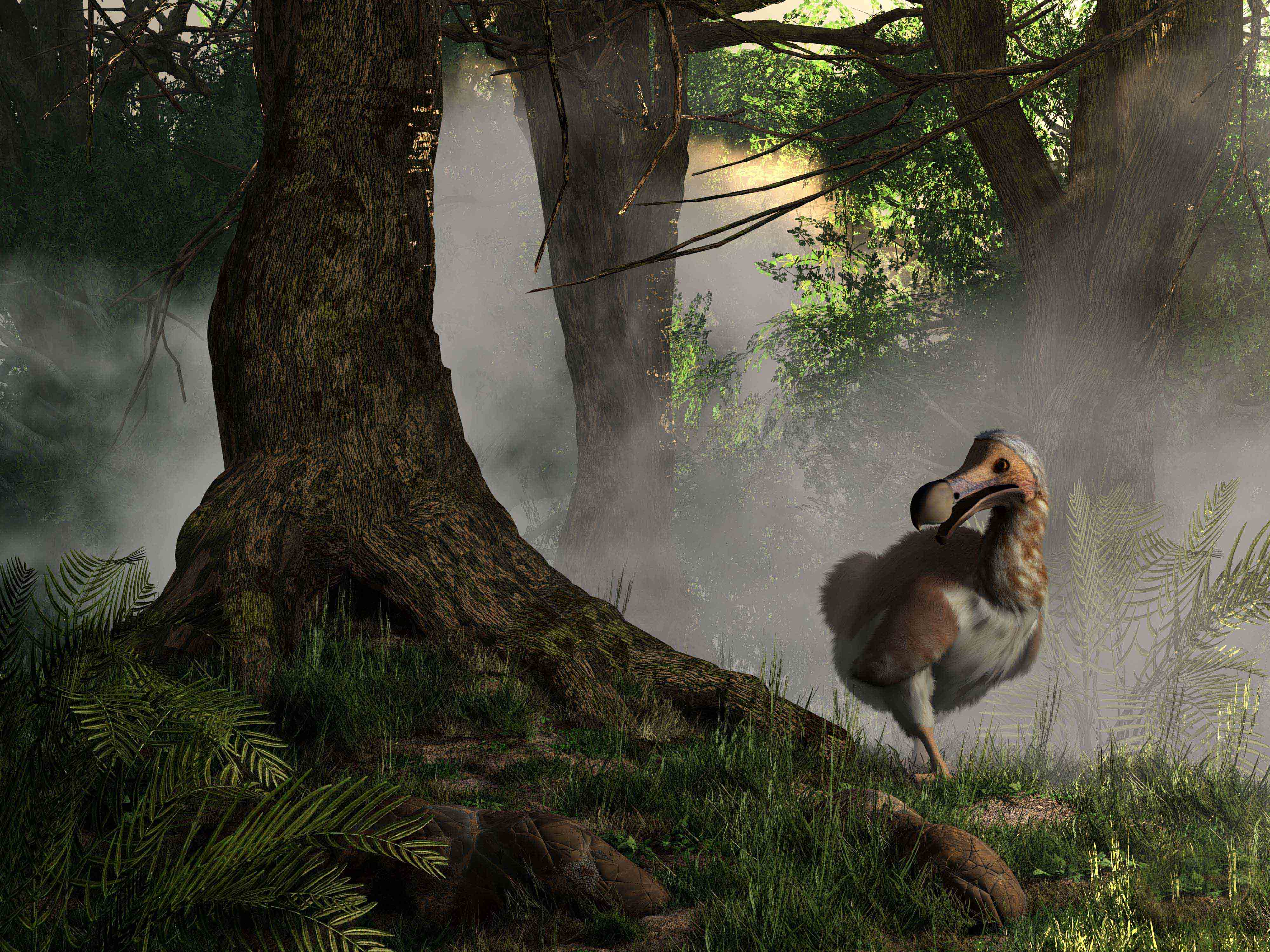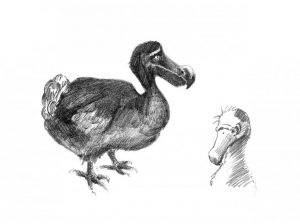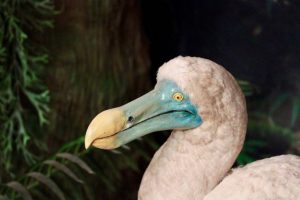Why Exactly Did the Dodo Disappear?

When this bird vanished in the mid 17th century, few people could have ever imagined that they would become such an important symbol for extinct animals. This unique bird went extinct over 400 years ago, and of course, humans were the cause. However, what exactly did humans do to make the dodo disappear?
What is a dodo?
Before getting into depth with the question “why did the dodo disappear?” you should find out a bit about the species itself. This flightless bird (Raphus cucullatus) was a direct descendant of doves and lived on Mauritius, an island east of Madagascar.
It’s hard to know what they exactly looked like, but we have a much better idea than most other extinct species. Dodos were a flightless bird with a tiny tail and they measured just over 3 feet tall.
Dodos had grey feathers and weighed around 20 pounds, though some people thought they could weigh in at nearly 40 pounds. Some of their more interesting features were their large, hook-shaped beaks and their thick yellow feet.

What was the dodo’s behavior like?
Experts think that two of the biggest misconceptions about dodos are their clumsiness and their chubby appearance. The fact is that most of the drawings you have are of captive, possibly overfed specimens. The word dodo actually comes from Portuguese, and refers to their alleged clumsiness.
The dodo might not have been all that clumsy, but due to their size and inability to fly, it’s not hard to figure out why they disappeared. These animals evolved without ever being in contact with humans, so they weren’t afraid of us and were easy to capture.
The general theory is that their main source of food came from the tambalacoque, or dodo tree. Apparently, the seeds from this type of tree only germinate after going through a dodo’s digestive tract. This means that when the dodo disappeared, these trees had lost their main animal source that would spread out their seeds.

Why did the dodo disappear?
The theory is that humans discovered the dodo at the end of the 16th century — a Spanish conquistador brought one to Europe in 1581. Exotic, invasive species (dogs, cats, rats, pigs, and crab-eating macaques), also came to the island. T his likely played a role in their disappearance, because new species in an ecosystem are a big cause of bird extinction.
The chopping down of trees may have also played a role in their disappearance. Having to make their nests on the ground meant it was easier for humans and another animals to hunt them or steal their eggs.
The last dodo was seen in 1662, although there may have still been some alive at the end of that century. Like the great Auk Penguin, there are some remains of bones and eggs in museums, but they’re not well-preserved. E xpeditions done in the past 20 years have managed to uncover the best preserved remains of these birds.
There were probably other species that disappeared from Mauritius Island as well. It might have happened with the Rodrigues Solitaire, another family of birds similar to the dodo that looked like a turkey and was the main prey of the invasive cat species.
When the dodo disappeared, it was probably one of the first times humans realized that the animals on Earth aren’t necessarily here forever, especially if they run into humans. That’s also how the dodo became such an important symbol of the need to protect endangered species.
